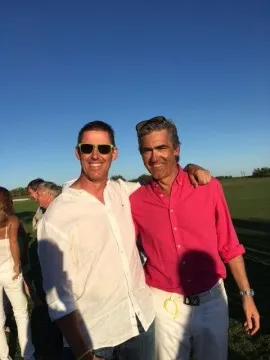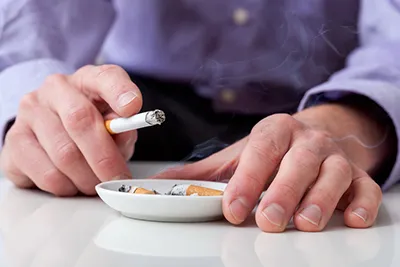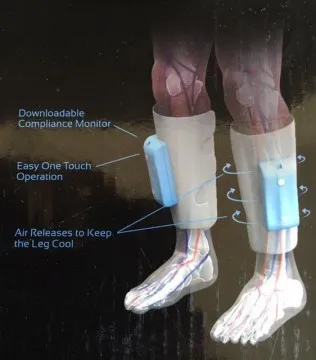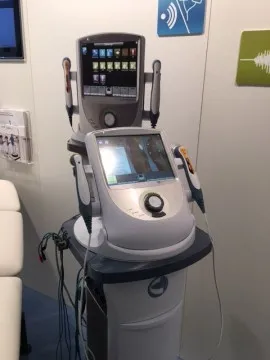
In addition to the presentations, personal discussions with colleagues are always an important part of continuing education events. The sometimes relaxed atmosphere after the presentations encourages participants to think outside the box and gain insight into the perspectives and practices of other colleagues through discussion.
Both you and your patients benefit enormously from these friendly contacts, or as they are often called in modern German, "networking." Especially when it comes to difficult questions, you always have a competent contact person at hand who you can call quickly, for example, to obtain an additional specialist opinion.
At the high-profile event last week in Portugal, where I gave a lecture on calcific tendonitis, I met a number of specialists from a wide range of fields.
I was particularly impressed by Prof. Dr. Bernd Wolfarth from Berlin, chief sports physician of the German Olympic team, who was able to make a short visit to Portugal but immediately had to return to Germany to work on preparations for the Olympics in Rio.
The discussions with Dr. Maibaum (pictured right), the team doctor of the German handball champions, the Rhein-Neckar Löwen, were also very interesting. You can learn a lot personally, including for caring for athletes in your own practice.
Overall, I can say: A highly interesting event with a variety of interesting presentations in a relaxed atmosphere and many friendly colleagues.
My conference in Portugal is coming to an end. Yesterday, I was the speaker myself. I spoke to 200 interested colleagues and high-ranking representatives of my profession about the new treatment options for calcific tendonitis.
In particular, I explained the results of international studies published in recent years and compared them with my own experiences and the results of the studies we conducted.
The positive response from my colleagues was impressive. In preparing for my presentation, I found numerous new, good studies during my literature research that confirm the effectiveness of needle lavage, as we perform it, for the treatment of calcific tendonitis. This confirms that we are on the right track with our treatment of calcific tendonitis.

Smoking can lead to shoulder tendon ruptures. A 2015 study titled: Smoking Predisposes to Rotator Cuff Pathology and Shoulder Dysfunction: A Systematic Review, has confirmed it again.
Smoking promotes wear and tear of tendons, especially in the shoulder.
This phenomenon is caused by impaired collagen synthesis in smokers. As a result, smokers suffer shoulder tendon ruptures more frequently and at an earlier age than non-smokers. This is certainly not the only reason to consider quitting smoking.

Today we held the first Venapro system in our hands. The system is currently only available in the US, but will be available in Germany in the coming weeks.
The seemingly simple system consists of a bandage that fastens to the lower leg with a Velcro fastener. At the front is a small, electronically controlled, battery-operated pump unit. Every 60 seconds, the cuff is filled with air, compressing the blood. The result is significantly improved venous return. This means that blood is pumped out of the lower leg and lymphatic drainage is improved. This also allows for optimal treatment of knee swelling, for example. The first test patient with knee swelling received the system today. We are excited to see the results.

This year, the annual meeting of the South German Orthopedic and Trauma Surgeons took place in Baden-Baden around May 1st. I left for Baden-Baden immediately after my consultation on Friday to attend the event.
In addition to a large number of presentations, the industry was also strongly represented this year. The latest medical technology products were presented at countless exhibition booths.
From new prostheses to shoe insoles, everything was there.
My particular attention this year was focused on new developments in the field of arthroscopic instruments and, above all, physical therapy devices.
Pain in joints and muscles is always a therapeutic challenge.
The industry offers many new devices to manage various health conditions without surgery. I was particularly excited about a new therapy laser that can be used for pain therapy in a variety of musculoskeletal disorders.